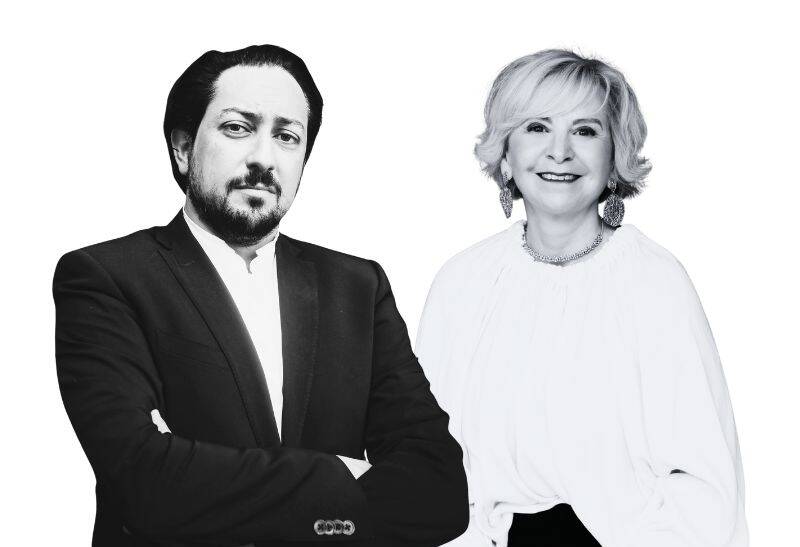
Luxurynsight founder and CEO Jonathan Siboni with Bénédicte Epinay, CEO of Comité Colbert
In an exclusive new series for LUX, Jonathan Siboni, luxury guru and founder of Luxurynsight, speaks with leaders in the field. Here, in a dialogue moderated by our Editor-in-Chief Darius Sanai, Siboni chats with Bénédicte Epinay, CEO of Comité Colbert, the official body of the French luxury industry, about why France is just so good at luxe
Darius Sanai: Why is France still the world leader in luxury?
Follow LUX on Instagram: @luxthemagazine
Bénédicte Epinay: The French luxury industry dates back to the 17th century, when Louis XIV and finance minister Jean-Baptiste Colbert made the political decision that, to enrich the kingdom, France should specialise in creating very high quality products. It was a political decision that created the manufacturers that still exist today. In the 19th century, another political decision encouraged more people to create businesses. Half of Comité Colbert – Cartier, Hermès and many champagne companies – were born then. Later in 1945 we created the haute couture label. So France is politically committed to specialising in luxury. We also have savoir-faire and were able – better than, say, Italy or England – to preserve it. This is the core business of Comité Colbert. We were formed in 1954 – in another political move – to bring together competitors and preserve this savoir-faire.
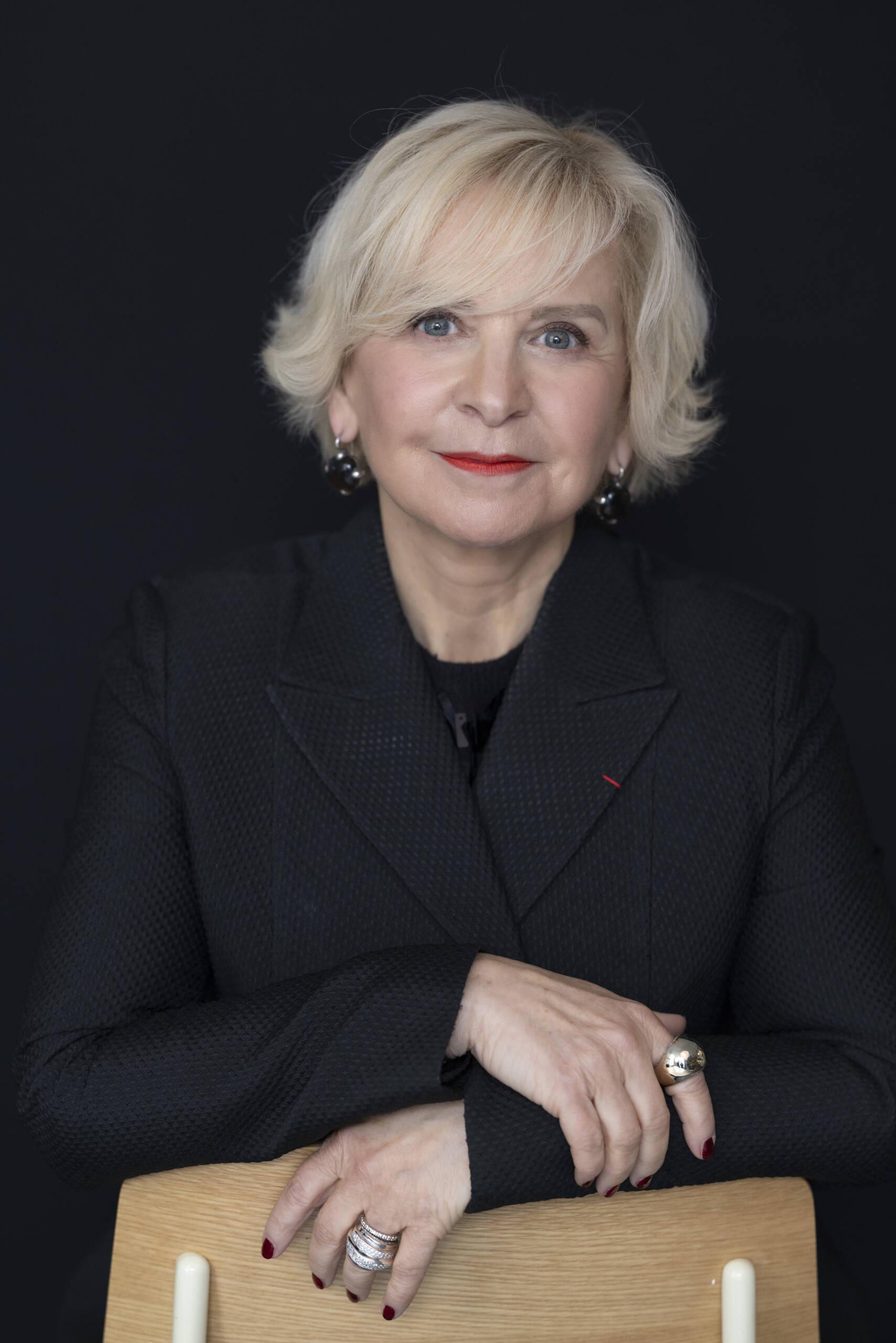
Bénédicte Epinay, CEO of Comité Colbert, a non-profit association which brings together ninety-three French luxury houses, seventeen cultural institutions, and six European luxury houses
Jonathan Siboni: Luxury before this was limited by people and geography. In the Chinese empire, it was limited to people around the emperor, in the Roman empire by those closest to Rome. Louis XIV and Colbert designed it to be universal – when Versailles was created, anybody could enter and walk within. These seeds developed the industry of today, a worldwide business reaching more and more people. Thanks to institutional support and constitutional groups, we could grow family businesses into industries with know-how. That brought the best talent to Paris and created the best schools, systems and groups – not because we’re better than other countries, but because of the process.
DS: How does Comité Colbert’s cultural ambassadorship support the luxury industry around the world?
BE: Comité Colbert represents French luxury abroad. Last year, we hosted an event in Shanghai to celebrate the 60th anniversary of diplomatic relations between France and China. This is where we are useful: when business is complicated, we bring culture to the dialogue. Next year, France celebrates 250 years of French-American friendship. It’s an official celebration, not through artisans, because the Americans don’t have artisans as we have, but an exhibition of our maisons’ archives about their history with America. We don’t know where we will stand next year with Mr Trump’s tariffs – maybe this exhibition will be useful for negotiations.
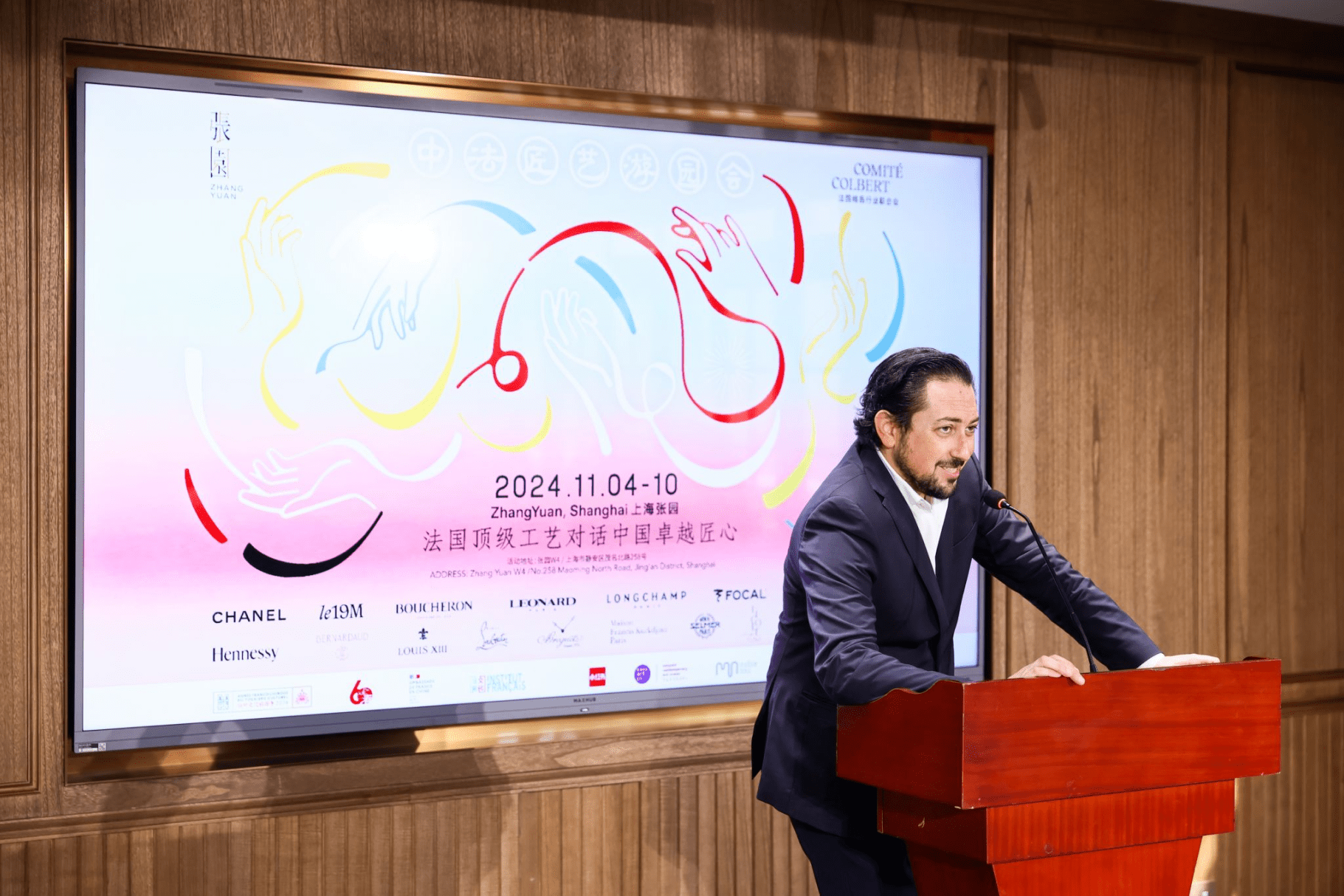
Jonathan Siboni, CEO of Luxurynsight and expert on luxury data and strategy, speaking at the Comité Colbert showcase event in Shanghai
DS: How important is soft power in luxury?
JS: What makes luxury is the ability to create. We need genius in creativity, but culture is at the core and luxury has understood this for a long time. With a French luxury brand, it says something about our culture. It distinguishes luxury brands from business brands that just analyse and make products. Today, culture is the core of the economy. Thirty years ago it was resources – oil, cars, banks. Now it’s data and culture companies, because people spend their time on social media or Netflix. And brands have a role to play. The world needs more softness than ever, there is too much tension. The Comité Colbert Shanghai showcase event said: we all have our cultures, but we can find resonance between them. This is central in a world that craves identity.
Read more: Abu Dhabi’s Huda Alkhamis-Kanoo on the burgeoning cultural scene in the Emirate
BE: A strong economy requires strong culture. Colbert advocated for this early on and it remains key for our government. I depend on three ministries: the economy and the craftsmanship ministries but, above all, I report to the Ministry of Culture. In Italy or England they report to the economy ministry or equivalent.
DS: Because France takes luxury seriously?
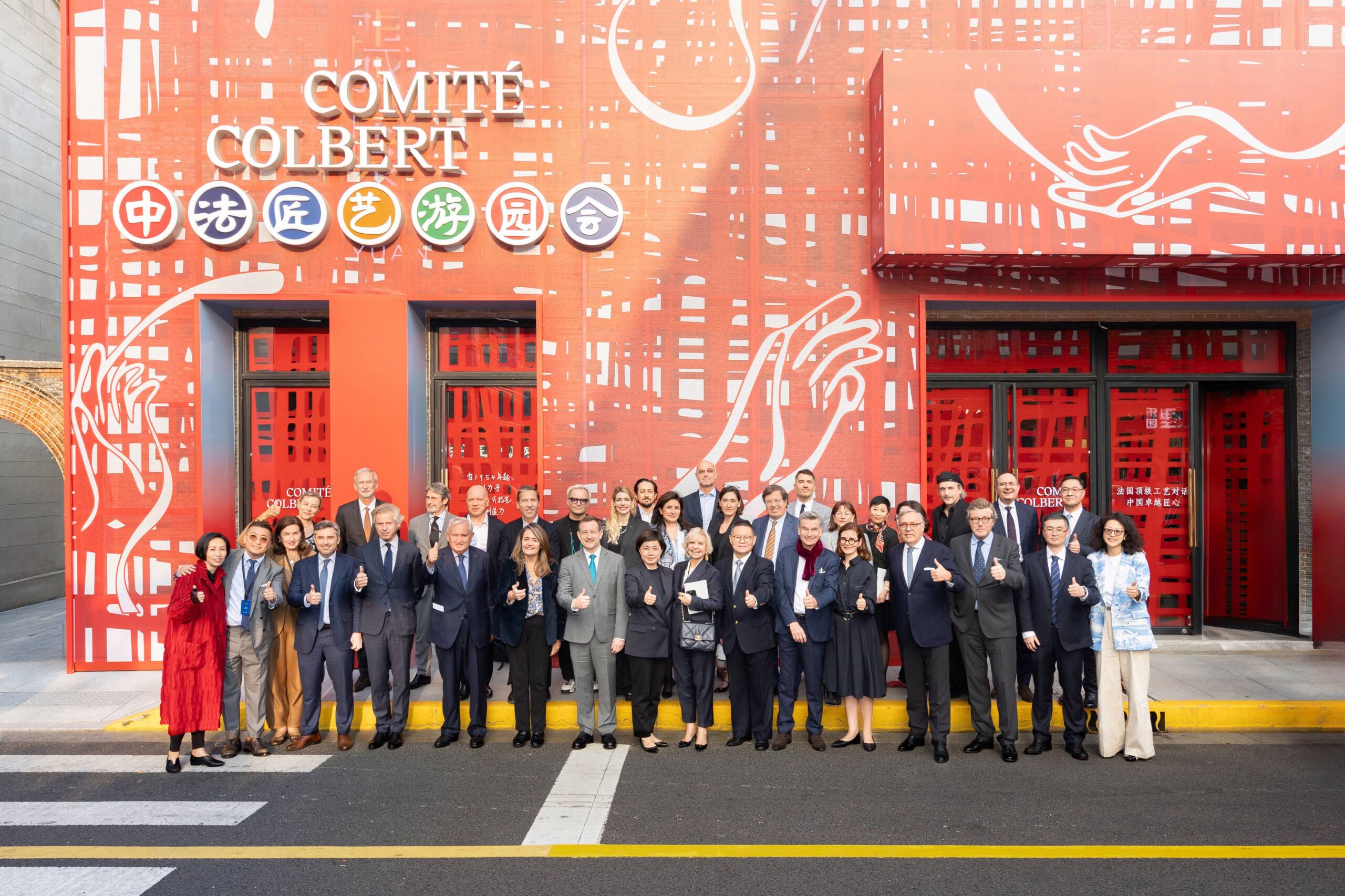
Jonathan Siboni and Comité Colbert at their 2024 Shanghai showcase, celebrating the rich dialogue between Chinese craftsmanship and French luxury artistry
BE: Absolutely. Comité Colbert has both luxury brands and cultural institutions as members. Yesterday, the Comité voted to integrate the Grand Palais, and we’re holding our next Les De(ux)mains du Luxe craftsmanship event there in October. We all work together.
JS: These partnerships symbolise the uniqueness of both France and the Comité Colbert. The reason some brands show resilience is because they’ve developed a savoir-faire and commit to it. Craftsmanship is the soul of luxury. What also sets the Comité apart is culture. From a business perspective, you might ask, “Why make a group with both Louis Vuitton and a museum? it doesn’t make sense.” But from a big-picture perspective, it’s wonderful. The vision from day one was bigger, deeper, more sincere.
DS: How do you convince a new generation of teenagers to train to stitch Hermès handbags?
BE: We do face a shortage of workshop talent. So three years ago, we created our craftsmanship events, Les De(ux)mains du Luxe, and we’ve had 30,000 young people visit. Manual jobs have been undervalued for years – people are afraid when their child wants to be a leather-goods worker; they think they won’t find a job, they won’t be paid enough. My first mission is to reassure them we have strong companies to make a career with. We created a TikTok account and made videos of young artisans explaining why they love their job. Then we created #savoirfaire. We had one billion views. When we explain to young people what savoir-faire is about and the careers they can have, they are interested.

Bénédicte Epinay at Les Nouveaux Luxes: 1.618, an event dedicated to raising awareness about sustainable development in the luxury industry
DS: Culture and art are increasingly entwined. Has art become more central to luxury?
BE: It’s been important for years. We buy luxury because of the design and raw materials – this is the rational part. We buy it because it’s a way to show we belong to a category of rich people – this is relational. But we also love the story behind it, the heritage – this is the emotional part, where culture has a role to play. Art is a huge part of luxury’s emotional articulation.
Read more: Ronnie Kessel’s insider guide to St Moritz
JS: There’s a balance between the rational, the emotional and the relational, but perhaps most important is the balance. If you make the best products – you have the best quality and the finest ateliers – but you don’t have emotion, then you are not a luxury brand. Luxury is about balance: between a uniquely made world and multiple local consumers, between long-term heritage and short-term fashion, between people who want to stand out and people who want to fit in. This, for me, is where luxury excels. When a brand can cater to super VIPs and also democratise, they’ve found that balance.
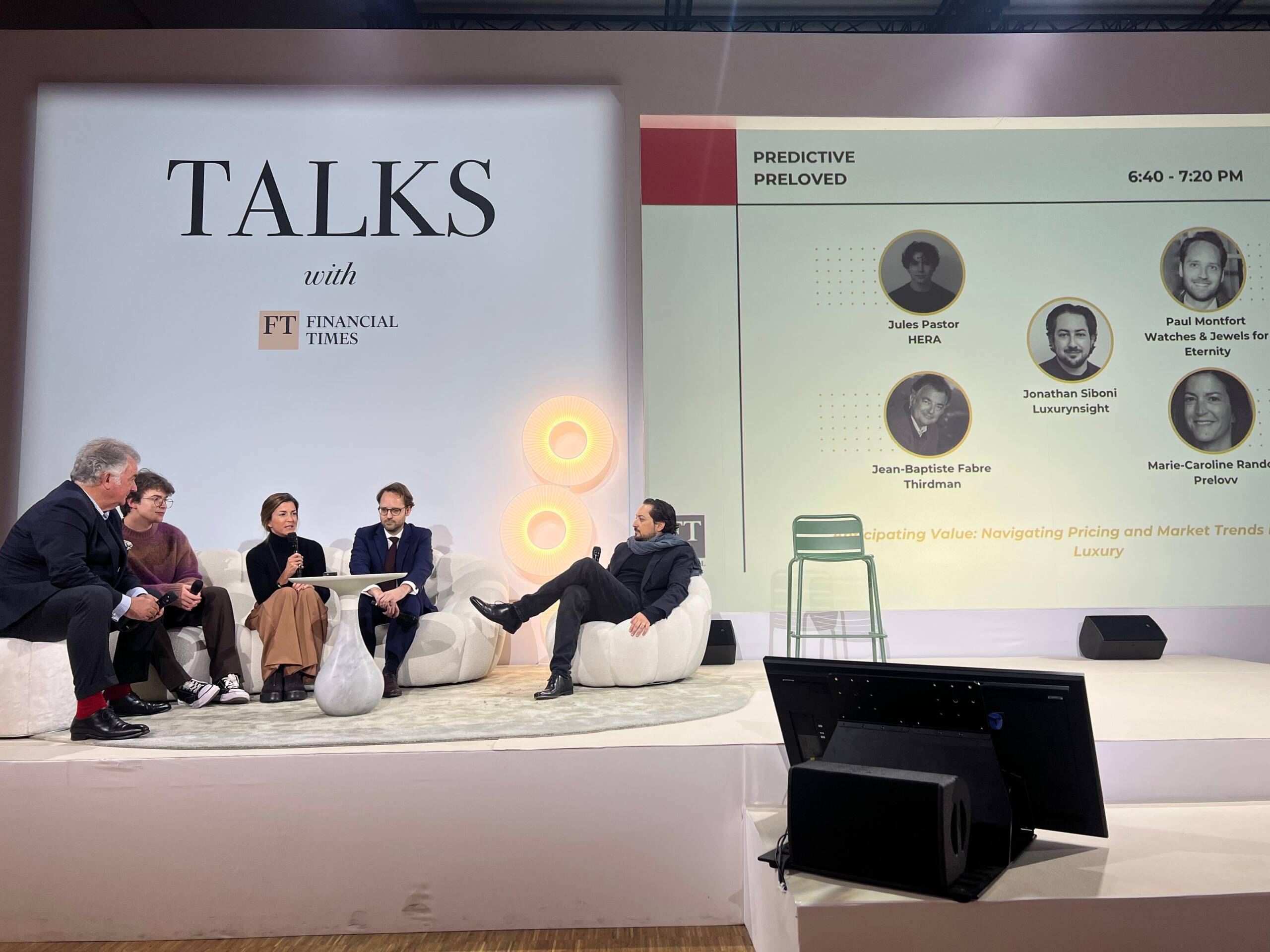
Jonathan Siboni in action at Talks with Financial Times
DS: If you walk down the Champs-Elysées during Art Basel Paris in October, every luxury store has an installation. Have luxury brands more overtly embraced art?
BE: Absolutely, because luxury brands need art to highlight that culture is heritage, to foster contemporary creativity, to enhance brand image and to establish institutional legitimacy.
JS: Many luxury products are art pieces. And maybe, in 50 years, some artists will be part of Comité Colbert – they will have developed as a business, and we will view them differently. There’s a difference today between artists and luxury: the day Picasso died, Picasso’s brand died. Artists can produce and make money, yet there is no business survival. Christian Dior trained people to reinterpret his style under his name, and maybe in 50 years it will be the same with artists – people will replicate style through a studio.
BE: Museums today regularly showcase the creations of luxury maisons, and no one asks whether it is art or luxury. I particularly remember the magnificent exhibitions of Dior, Van Cleef & Arpels, or more recently Christofle at the Musée des Arts Décoratifs.
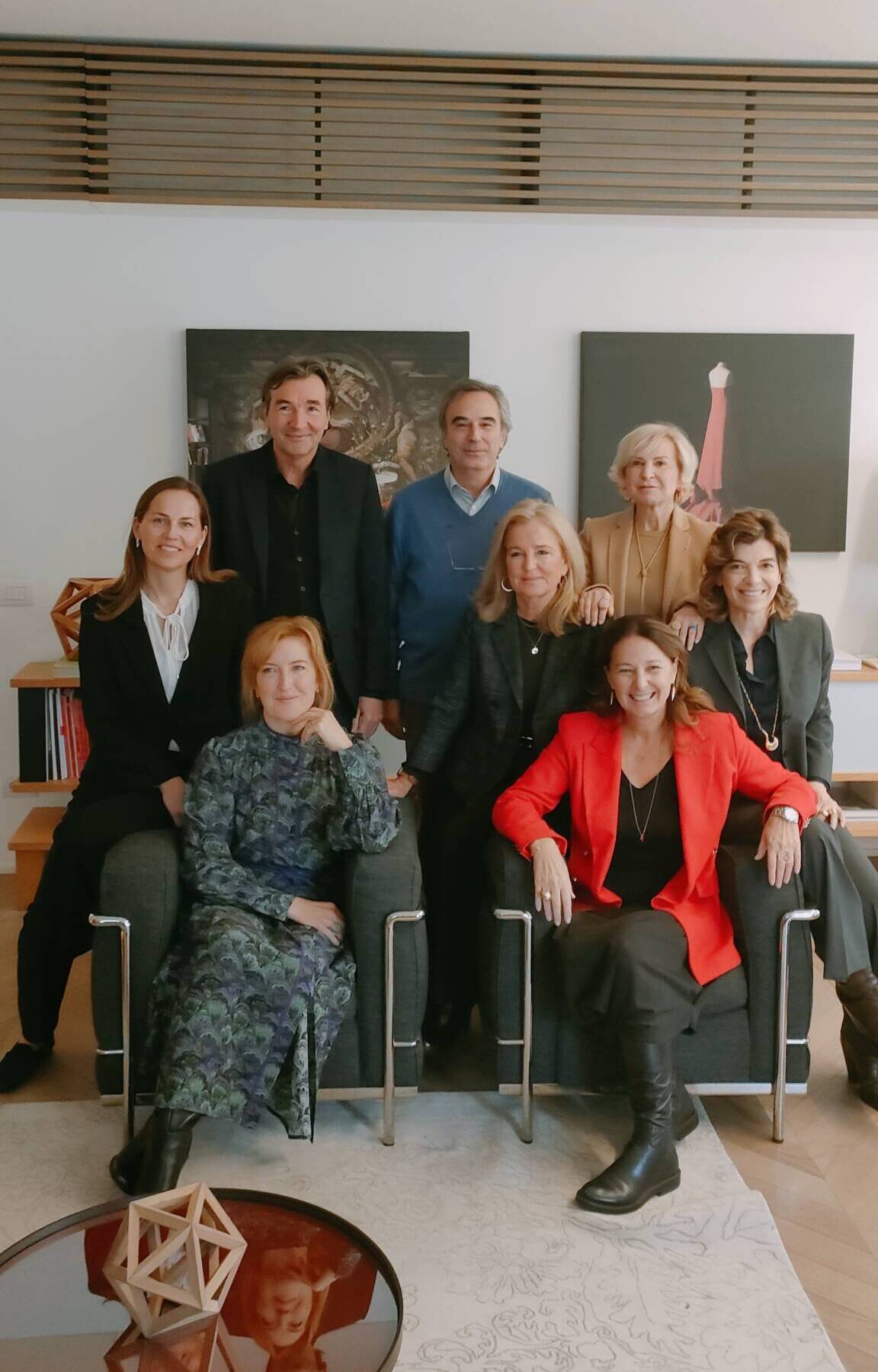
In 2011, the Comité Colbert created the European Cultural and Creative Industry Alliance, which brings together the national luxury associations of Italy, Spain, Portugal, Sweden, Germany and England
JS: A question for brands today is: how do you stand out? Yes, my brand has a better legacy. Yes, I make better products. But on a screen where people focus for 1.5 seconds, how do I win their attention? My feeling is you don’t want to win the game, you want to continue playing. You change the way you interact, become more involved and collaborate more with entertainment.
Read more: Meet the next generation philanthropists
DS: Bénédicte, how do you see Comité Colbert in 2050?
BE: My vision for Comité Colbert is of a much more open organisation. At the moment, we only have luxury companies as members, based on a 19th-century definition of craftsmanship. It’s not an outdated definition, but for me it’s not modern enough. My dream is to open the organisation to startups in the luxury space – even AI, because it brings its own creatives and digital artisans. It would be great to welcome virtual craftsmanship. That’s my dream for the future: to open our doors to all companies creating luxury experiences.
This article also appears in the Winter 2026 issue of LUX magazine.
Series coordinator: Charlotte Martin. Online editor: Cleo Scott. Chief sub-editor: Marion Jones.
This article was first published in the Winter 2026 print issue of LUX. Read this continuing series of LUX x Luxurynsight Dialogues monthly online at LUX magazine
Recent Posts
Archives
- October 2025
- September 2025
- August 2025
- July 2025
- June 2025
- May 2025
- April 2025
- March 2025
- February 2025
- January 2025
- December 2024
- November 2024
- October 2024
- September 2024
- August 2024
- July 2024
- June 2024
- May 2024
- April 2024
- March 2024
- February 2024
- January 2024
- December 2023
- November 2023
- October 2023
- September 2023
- August 2023
- July 2023
- June 2023
- May 2023
- April 2023
- March 2023
- February 2023
- January 2023
- December 2022
- November 2022
- October 2022
- September 2022
- August 2022
- July 2022
- June 2022
- May 2022
- April 2022
- March 2022
- February 2022
- January 2022
- December 2021
- November 2021
- October 2021
- September 2021
- August 2021
- July 2021
- June 2021
- May 2021
- April 2021
- March 2021
- February 2021
- January 2021
- December 2020
- November 2020
- October 2020
- September 2020
- August 2020
- July 2020
- June 2020
- May 2020
- April 2020
- March 2020
- February 2020
- January 2020
- December 2019
- November 2019
- October 2019
- September 2019
- August 2019
- July 2019
- June 2019
- May 2019
- April 2019
- March 2019
- February 2019
- January 2019
- December 2018
- November 2018
- October 2018
- September 2018
- August 2018
- July 2018
- June 2018
- May 2018
- April 2018
- March 2018
- February 2018
- January 2018
- December 2017
- November 2017
- October 2017
- September 2017
- August 2017
- July 2017
- June 2017
- May 2017
- April 2017
- March 2017
- February 2017
- January 2017
- December 2016
- November 2016
- October 2016
- September 2016
- August 2016
- July 2016
- June 2016
- May 2016
- April 2016
- March 2016
- February 2016
- November 2015
- September 2015
- June 2015
- May 2015
- March 2015
- September 2014
- August 2014
- July 2014
- May 2014
- April 2014
- March 2014
- February 2014
- January 2014
- December 2013
- November 2013
- October 2013
- September 2013
- August 2013
- July 2013
- June 2013
- April 2013
- March 2013
- February 2013
- September 2012
- July 2012
- June 2012
- March 2012
- February 2012
Categories
- Adventure Travel Issue
- Aesthete Issue
- Architecture
- Art & Design
- Art & Photography
- Art collectors
- Autumn 19
- Autumn/Winter 2020/2021
- Autumn/Winter Issue
- Bespoke Issue
- Business
- Cars
- Cars & Collectibles
- Case Study
- Celebrities
- Culture
- Culture Issue
- Design Issue
- Dining Issue
- Earth Issue
- Family Issue
- Fashion & Jewellery
- Features
- Food
- Future Luxury Issue
- Health
- Hedonism Issue
- Image Issue
- Italy Issue
- Latest Stories
- Leaders & Philanthropists
- Leaders Slider
- Love Issue
- Luxury Travel Issue
- New Luxury Issue
- Online Exclusive Slider
- Opinion
- Spring 2020
- Summer 19 Issue
- Summer 2020
- Summer 2021
- Sustainability
- Taste Issue
- The Beauty Issue
- Travel
- Uncategorized
- Water Issue
- Winter 19 Issue
Popular Posts
Categories
- Adventure Travel Issue
- Aesthete Issue
- Architecture
- Art & Design
- Art & Photography
- Art collectors
- Autumn 19
- Autumn/Winter 2020/2021
- Autumn/Winter Issue
- Bespoke Issue
- Business
- Cars
- Cars & Collectibles
- Case Study
- Celebrities
- Culture
- Culture Issue
- Design Issue
- Dining Issue
- Earth Issue
- Family Issue
- Fashion & Jewellery
- Features
- Food
- Future Luxury Issue
- Health
- Hedonism Issue
- Image Issue
- Italy Issue
- Latest Stories
- Leaders & Philanthropists
- Leaders Slider
- Love Issue
- Luxury Travel Issue
- New Luxury Issue
- Online Exclusive Slider
- Opinion
- Spring 2020
- Summer 19 Issue
- Summer 2020
- Summer 2021
- Sustainability
- Taste Issue
- The Beauty Issue
- Travel
- Uncategorized
- Water Issue
- Winter 19 Issue
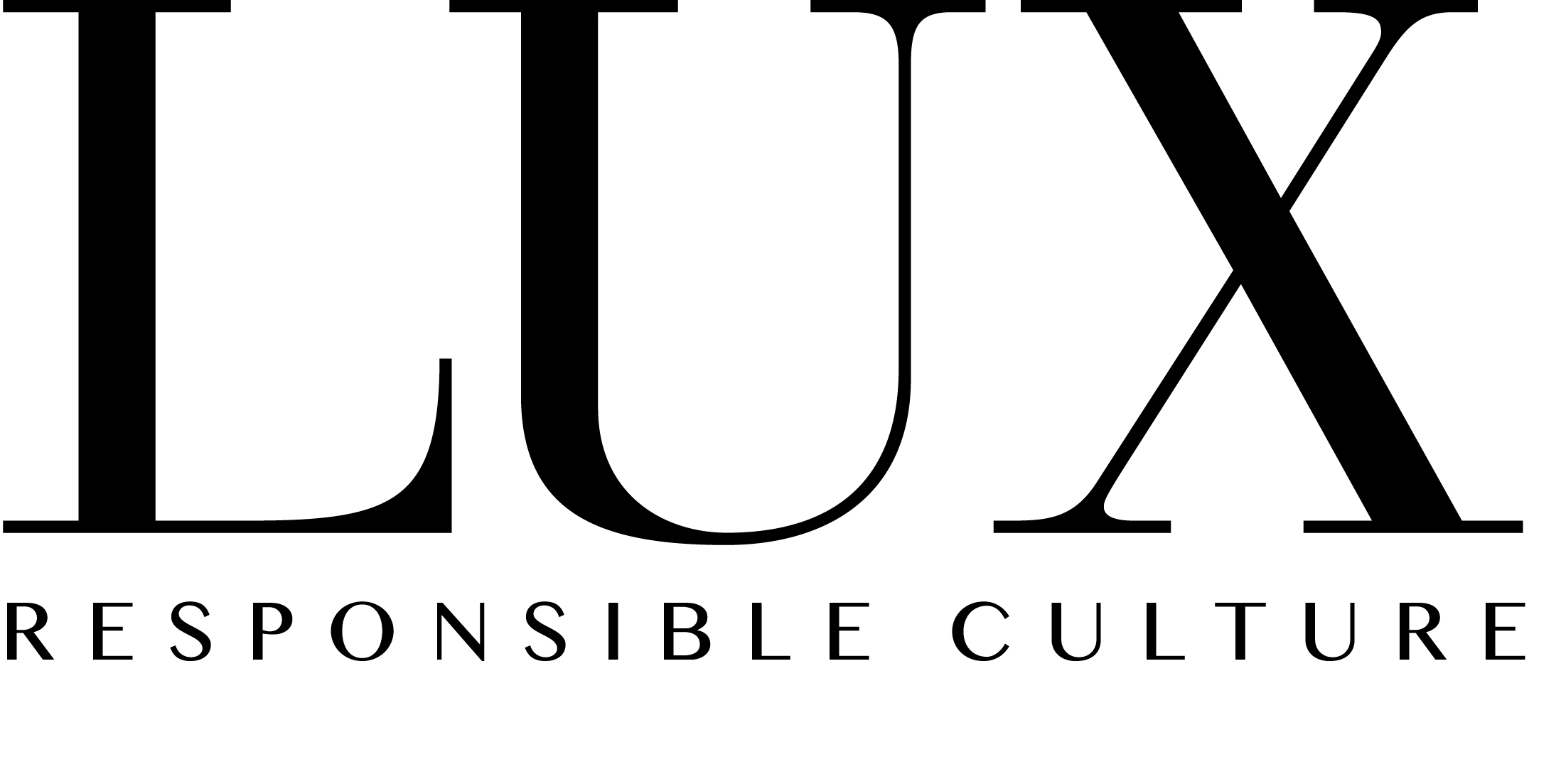
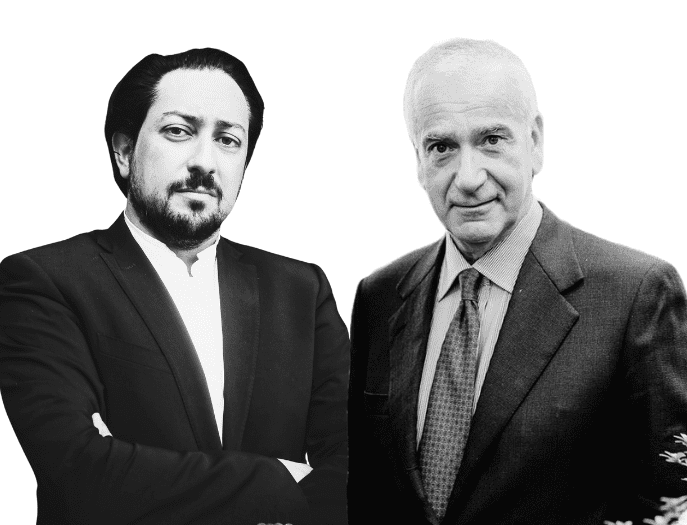






Recent Comments